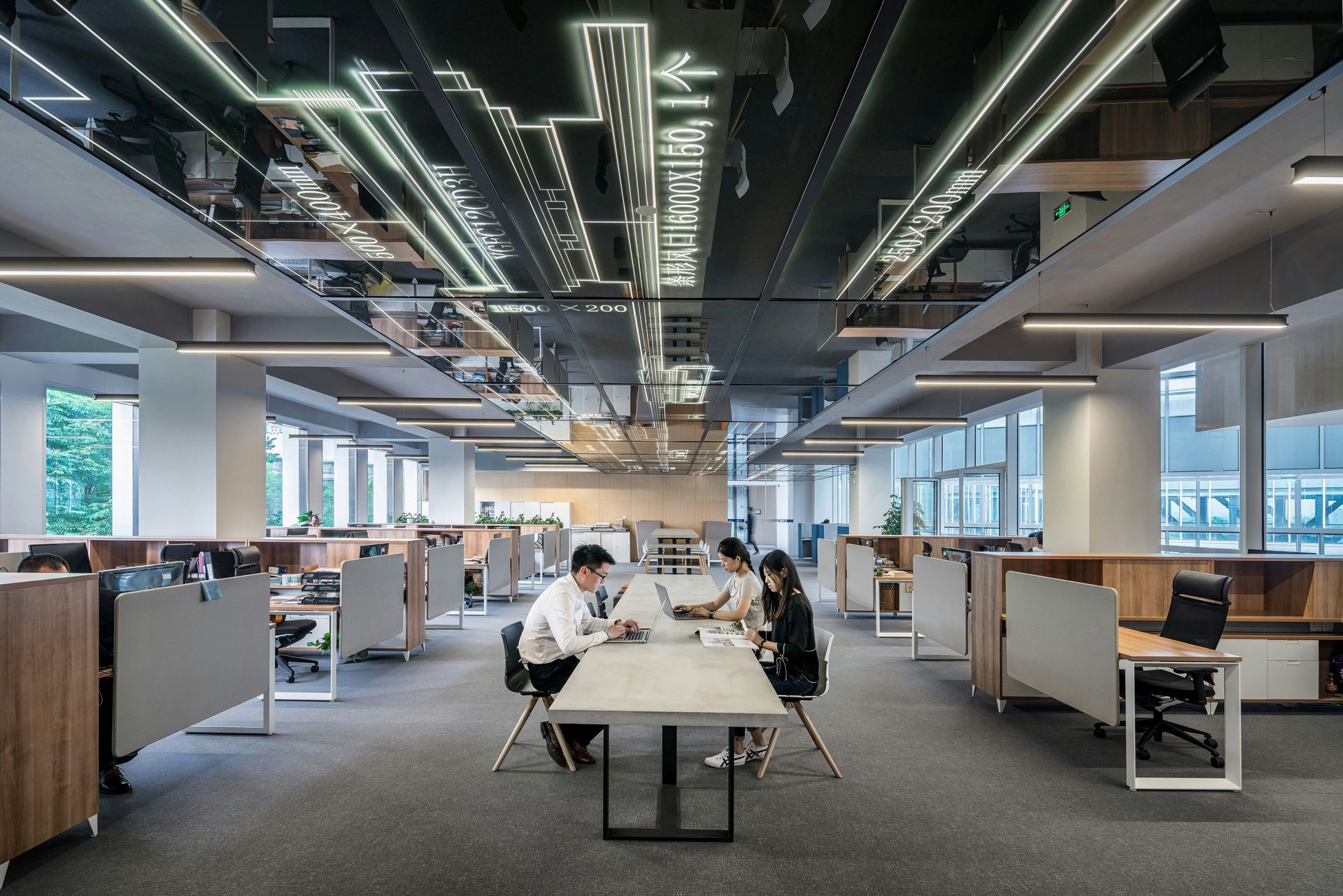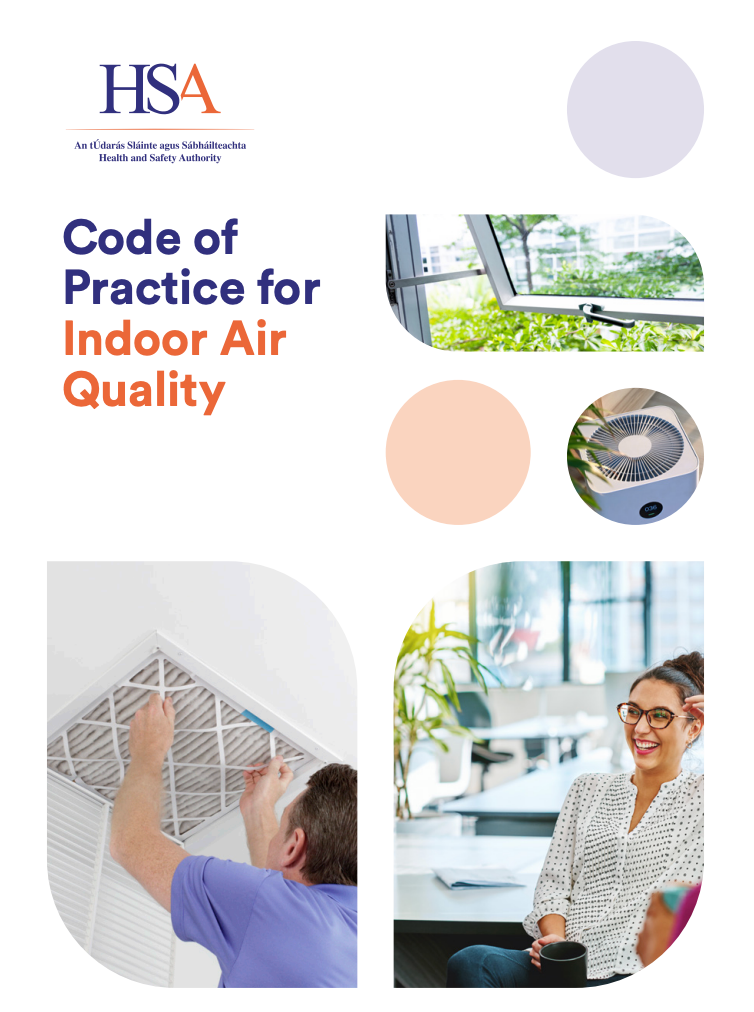The workplace is, for most people, where they spend the majority of their week. In fact, the average person will spend a third of their life at work. People remain in the same building, or even the same room, for hours at a time, so it’s important that the air in that room is safe and of good quality. Employers have a duty of care to their employees to ensure good air quality in the workplace. This means carrying out essential health and safety inspections.
Why Is Good Air Quality So Important?
For somewhere where people spend so much time, the air quality must be of a certain standard to prevent health problems. However, this often isn’t the case. In warehouses and production facilities, in particular, the air can be polluted with harmful particles and emissions that are not visible to the naked eye. Indoor air quality can make or break employees’ health, with dust and pollution up to 5 times higher than outdoor air. It is the responsibility of the employer to monitor air quality and ensure the necessary action is taken to improve it.
Access to sufficient fresh air is essential for:
- Better health
- Concentration
- Reduced work absences
- Better sleep
- Higher workplace satisfaction
Potential Health Risks of Poor Air Quality
Poor air quality can have a detrimental effect on respiratory health and key organs in the body, as well as the eyes, nose, and throat. New data gathered by Public Health England has found evidence that air pollution also has a negative impact on brain health. Particularly for those who suffer from respiratory conditions such as asthma, poor air quality can have a detrimental impact on health.
Potential symptoms of air pollution are most commonly coughing and shortness of breath, however, prolonged exposure can result in heart attacks, cancer, and even dementia later in life. It is estimated that air pollution contributes to
28,000-36,000 deaths in the UK each year.
Common Workplace Air Pollutants
When it comes to the causes of air pollution in the workplace, there are some common offenders. Each of these pollutants has the potential to cause harm to employees if they are exposed to them:
- Dust & particulate matter - these are tiny particles or fibres that float in the air when surfaces are disturbed. This can be dust or even more harmful particles such as asbestos fibres.
- Volatile organic compounds (VOC) - these are vaporous substances that are emitted from paints, cleaning chemicals and adhesives etc.
- Nitrogen - although this gas makes up 78% of the Earth’s atmosphere, excess nitrogen can lead to breathing problems.
- Mould - humid or poorly ventilated indoor spaces are the perfect breeding ground for this potentially fatal fungus.
- Sulphur dioxide - this gas is produced when burning fossil fuels and smelting metal and is known to contribute to breathing difficulties.
What Are the Current Internal Air Quality Regulations?
The Health & Safety at Work Act 1974 and the Occupiers Liability Act 1984 outline that it is the responsibility of the employer to show a duty of care toward that staff, providing them with a safe and healthy work environment. Workplace (Health, safety and Welfare) Regulations state that indoor air quality should be better than, or at least equal to, external air quality.
In order to determine the quality of your workplace’s air, you must carry out a comprehensive
air quality assessment. This should involve the collection of air samples from various areas within and surrounding the building structure. Swabs should also be taken from surfaces within the building and these samples will then be evaluated. Based on the results, it is the employer’s responsibility to take action to remedy any areas with bad air quality.
Maintaining Good Workplace Air Quality
Guidance surrounding Ventilation in the Workplace makes it an employer’s responsibility to ensure adequate ventilation in enclosed areas of the workplace. This is specified as ‘bringing in fresh air from outside and removing indoor air’. This can either be achieved by opening doors, windows and air vents, bricks or grilles. Mechanical ventilation can also be used such as fans, but a colombination of both natural and mechanical ventilation is most effective.
If your workplace does not have access to either of these ventilation methods, then
air purifiers are a suitable alternative as they effectively remove dust, pollen, mould spores and viruses from the air.
Book Your Air Quality Assessment
To book an air quality assessment for your workplace, contact Ultra today. We will carry out a full site air quality risk assessment, and provide helpful advice and solutions for your building.
Related Articles:
The Impact of Poor Air Quality on Yours & Others' Health
Everything You Need to Know About Air Quality Management Assessments







